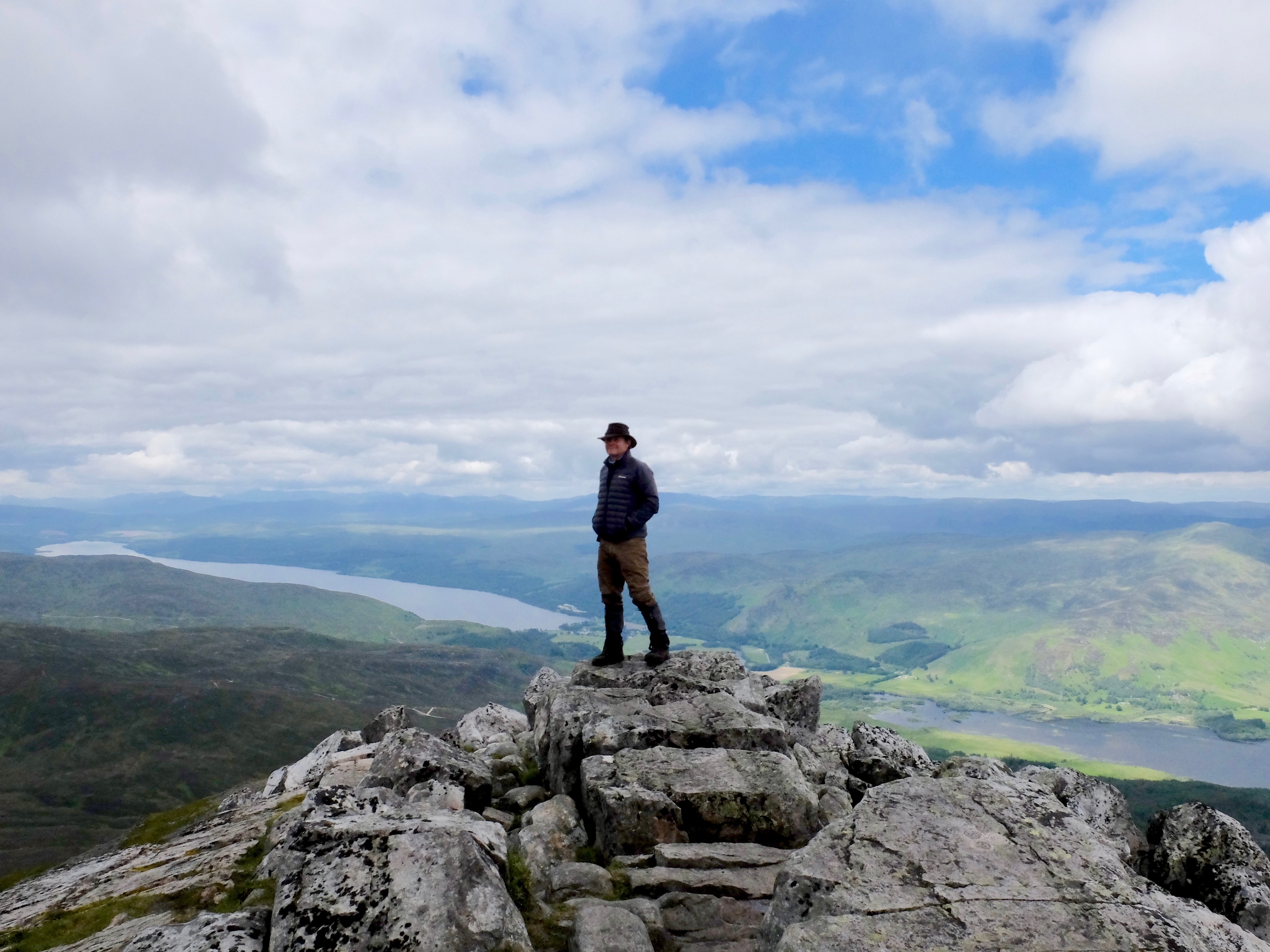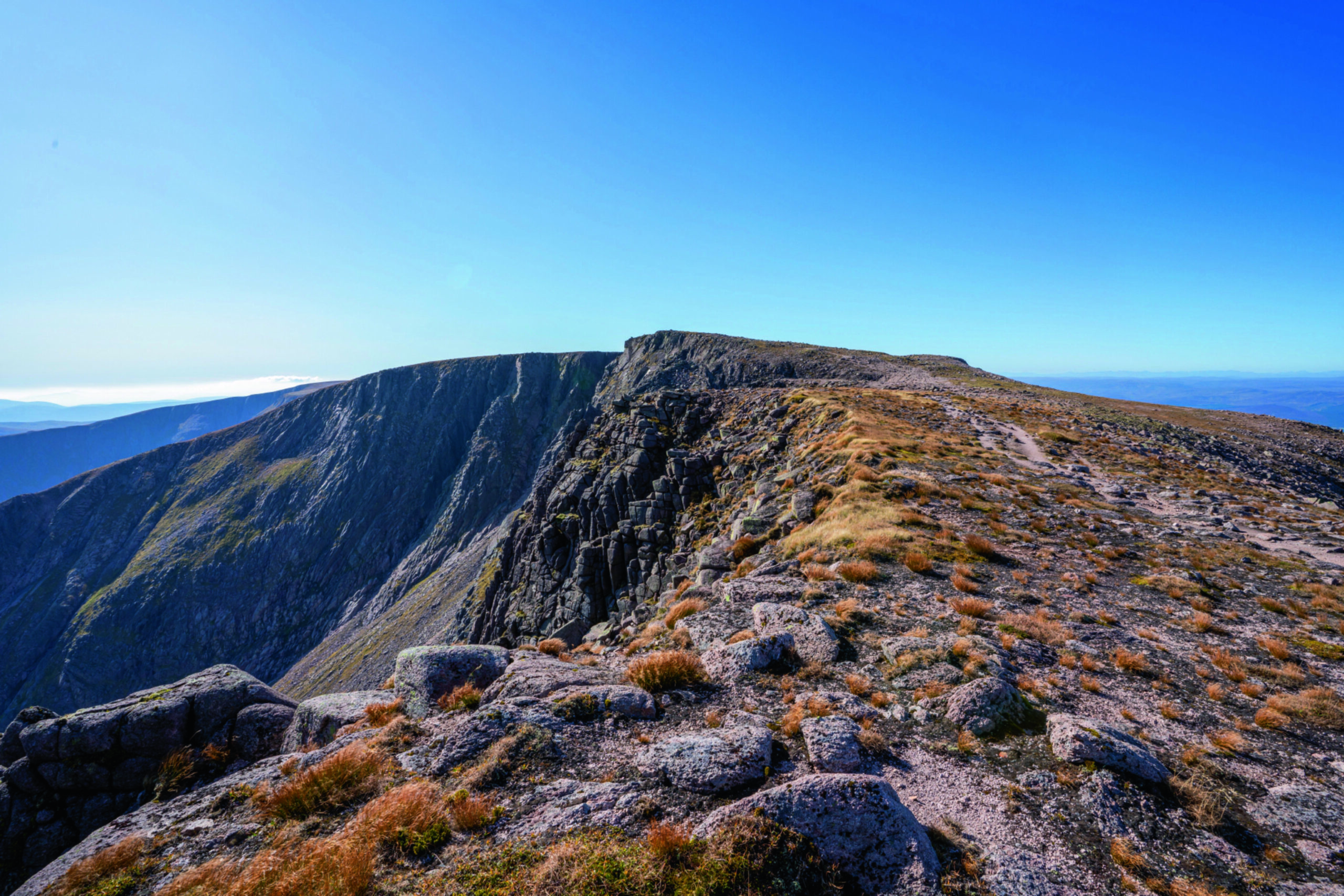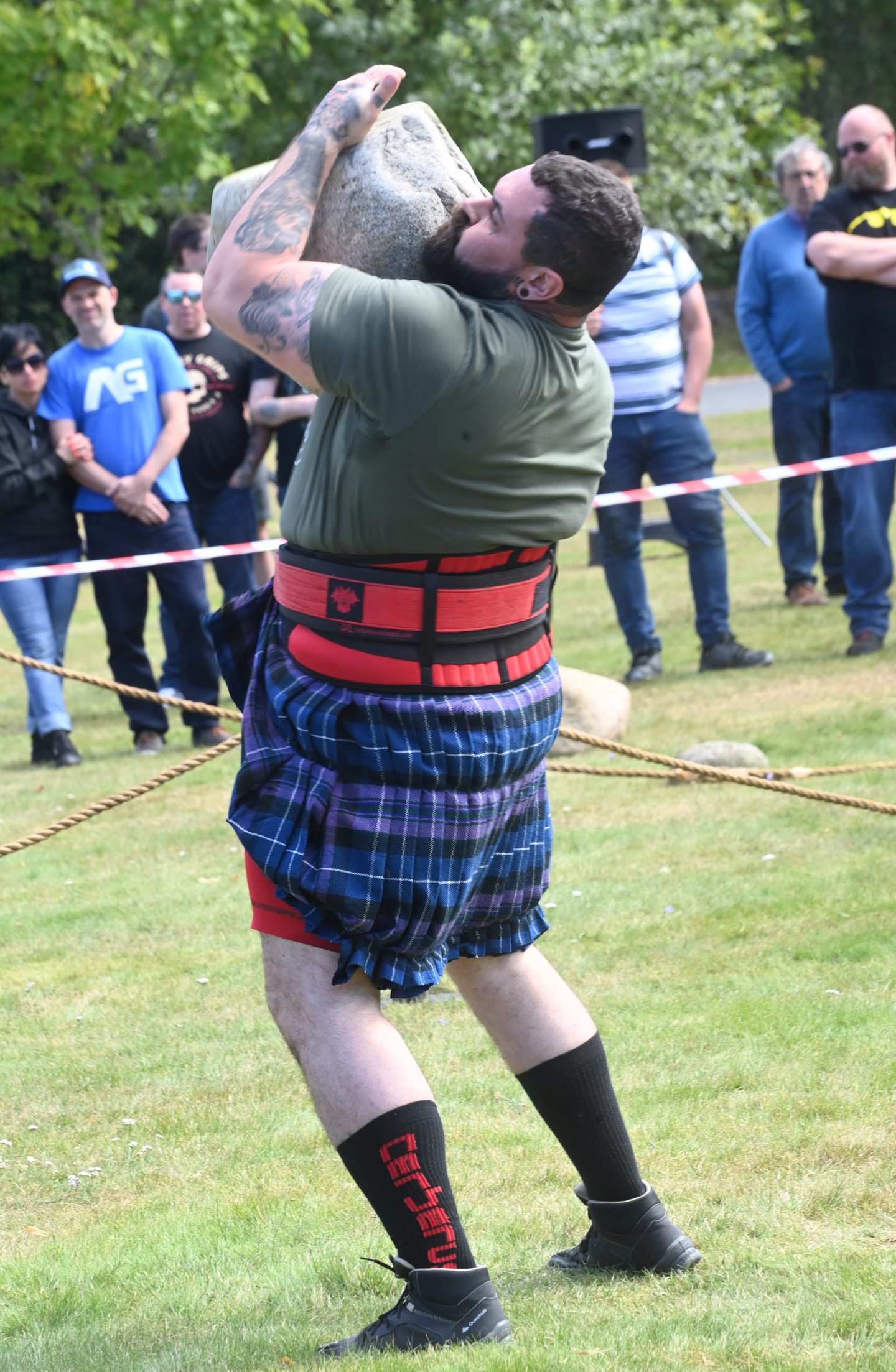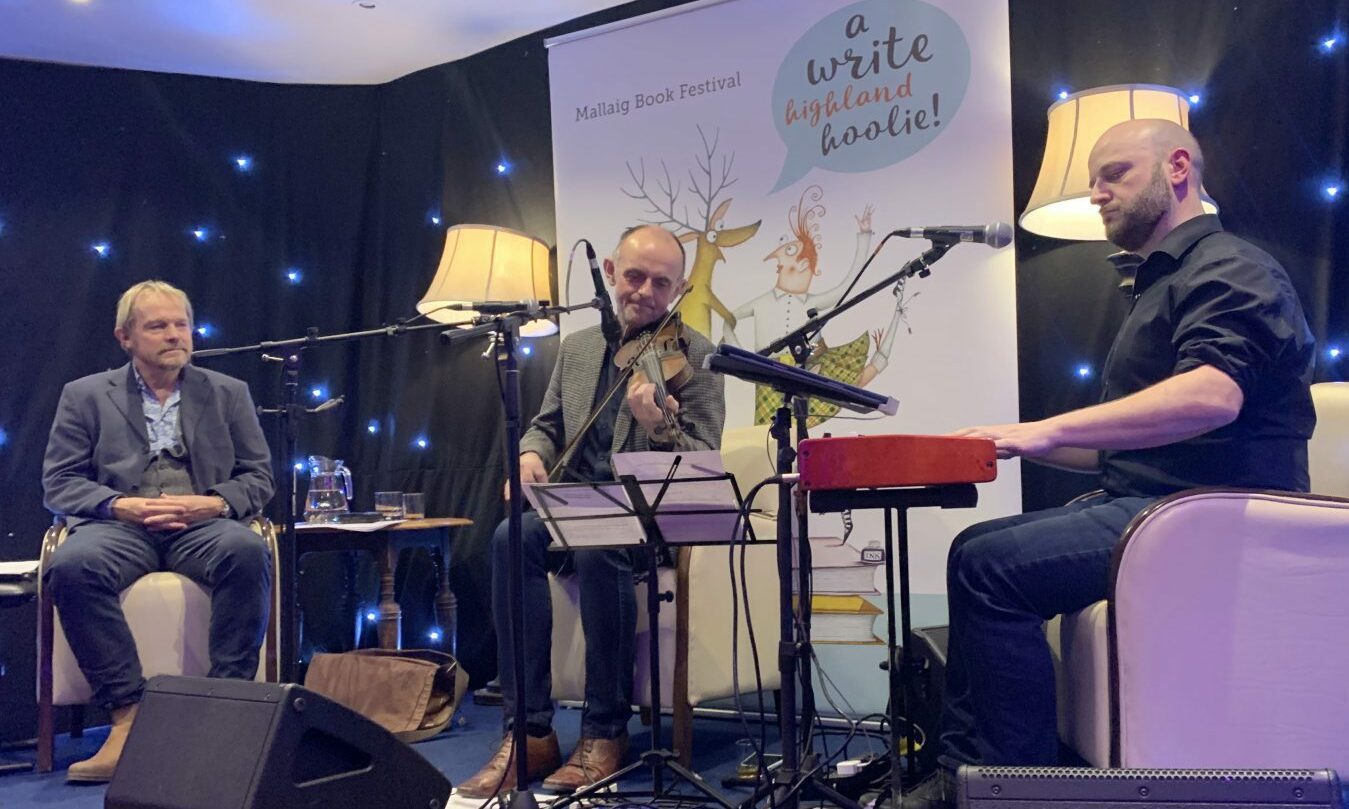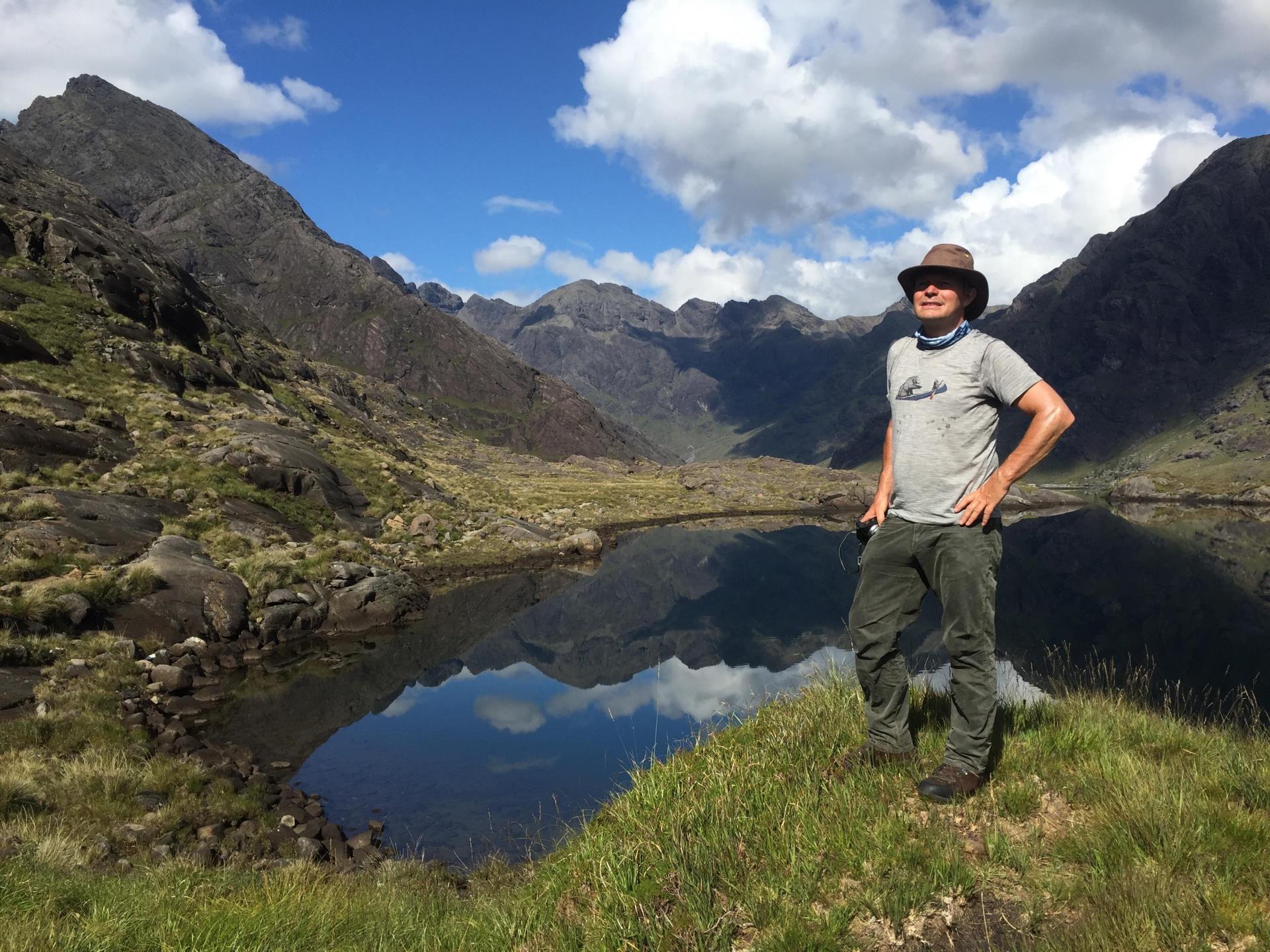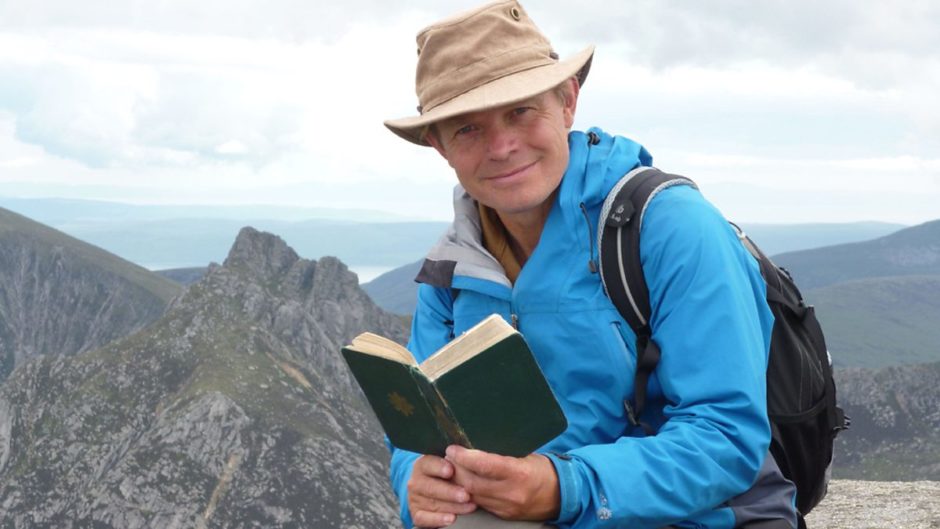
Paul Murton is somebody with a passion for the high places and waterways which are an integral part of his beloved Scotland.
For many years, this enthusiastic, effervescent fellow has climbed and kayaked, yomped and trekked in a plethora of different settings in his TV programmes and has vividly brought so many little-known stories and personalities to life on the journey.
In his latest series, Grand Tours of Scotland’s Rivers, which is airing this month, Paul spends a lot of his time in the north-east, allowing him to return to some of the haunts he frequented while he was a student at Aberdeen University – and there’s a compelling narrative as he examines the secrets behind the Dee and the Ythan.
In the heart of the Cairngorms, he learns about writer and mountain lover Nan Shepherd’s passion for the living landscape; hears tales about a hundred-year-old Jacobite; and uncovers the incident of a Zeppelin airship that attacked a bare mountain. On Royal Deeside, he is intrigued by the story of John Brown – Queen Victoria’s very special friend – whose photograph and ring she took to the grave with her.
Even in cold landscapes, he is a warm communicator. But then, as he explained, these places are so dear to his heart that he feels a personal connection to many of them.
‘Every river makes a natural journey’
He told me, with trademark zest: “I have always loved the idea of following a river from its source to the sea – and that is precisely what I have been doing for the last two years with Grand Tours of Scotland’s Rivers.
“Each river makes a natural journey in its own right – it’s almost like a pilgrimage. Over the last couple of years, I’ve discovered just how many kinds of river sources there are – from lochan to crystal spring and from oozing, uninviting peaty bog, to sacred ‘well’.
“The most magical and dramatic that I’ve so far encountered has to be the glorious source of the River Dee high up on Braeriach – the UK’s third highest peak.
“Here, at over 4,000ft up in the Cairngorms, the mighty river Dee is born. The water seems to bubble spontaneously from deep within the rocky mountain as if forced by some hidden power. It then forms into little ribbon-like streams that gather together before plunging over a 500ft cliff into the Garbh Choire below.
“When I was last there, the corrie was filled with an ocean of cloud that covered all but the highest peaks. In slanting sunlight, the infant river Dee cascaded over the cliffs and disappeared into the clouds, creating a rainbow of refracted light as it disappeared.”
Recalling the old days of Doric
Paul seems in his element in Aberdeen City and Shire and these new programmes provide a reminder of why he has become an unofficial ambassador for Scotland: once he has walked in these settings, who wouldn’t want to follow in his footsteps?
And there was something of a personal reunion between him and ghosts from the past as he strolled down memory lane on his return to the Granite City.
He said: “I’m no stranger to the north-east. I was a student at Aberdeen University and spent every summer working on building sites in and around the city.
“This was in the early 1980s and I grew accustomed to the sounds and cadences of the Doric dialect, which, of course, I found at first to be impenetrable [in phrases such as] ‘Fit like?’ ‘It’s a saer fecht’ and ‘Jist chavin awa’.
“But eventually I sorted out my quines and loons and managed to get by not too badly. I was a bit disappointed to find on my recent return to Aberdeen to film the programme on the Dee that Doric isn’t heard so often or as strongly as I remember.
“But in more rural parts – when we followed the river Ythan – it was a comfort to hear Doric still being spoken. Like the language, aspects of north-east tradition are also fading, but efforts to keep some rural skills alive are having success.
‘I’ve been to some extraordinary places’
“Robbie Gordon demonstrated the simplicity of making a straw rope with a winding hook and I was fascinated as the rope grew magically in my cupped hands.
“I was also intrigued to discover the heavy lifting traditions that survive in parts of the country. On upper Deeside, I encountered the famous Dinnie Stanes – two boulders with a combined weight of 144kg – which a local stonemason and strong man made famous by carrying them over the Bridge of Potarch.
“Many brave souls have vied with each other to emulate this deed. But only 200 people in 70 years have managed to lift them at all.”
During his odyssey across his homeland, Paul has witnessed a litany of transcendent tableaux and he has been prepared to go the extra miles to uncover new delights.
Off the top of his his head, he listed a few sights and journeys which made an indelible impact. “I’ve been to some extraordinary places and have had some unforgettable experiences. I have been to what is probably the remotest island in Europe – North Rona which is 33 miles north east of the Butt of Lewis.
“It’s uninhabited now, but it was once home to a lonely community of people whose Gaelic was incomprehensible to most visitors.
These memories will never fade
“I’ve climbed with celebrated mountaineer Dave Macleod, tackling the snow and ice on the great cliffs of Ben Nevis.
“I’ve watched the sun rise across Rannoch Moor from a bivouac on Buachaille Etive Mor and I have climbed the fabulous Dubhs Ridge on the Skye Cuillin.”
It’s in his blood to roam the wilds and catch the scent of the wind and the rain, even as he moves into the heavens. So what is his advice for those who may wish to sample the Scottish countryside in all its glory for themselves?
He replied: “Take time to be still, look, listen and absorb the atmosphere. Don’t let real experience be clouded by expectation and pre-conceived ideas about what you have come to see. Don’t be in a rush and seek out places off the beaten track.”
In short, escape the ferment and fervour of life at 100mph and commune with Nature.
It certainly hasn’t done Paul Murton any harm.
Grand Tours of Scotland’s Rivers starts on BBC Scotland on Monday at 8.30pm.
FIVE QUESTIONS FOR PAUL MURTON
- What book are you reading?
Sarah Murray’s A Practical Guide to the Beauties of Scotland. - Who’s your hero/heroine?
WH Murray, whose book Mountaineering in Scotland inspired my initial wanderlust in high places. - Do you speak any foreign languages?
I can speak some Norwegian – my father lived for many years in Bergen – and German. I can order wine in French and say ‘shut the door’ in Gaelic. - What’s your favourite music or band?
It must be Van Morrison. - Your most treasured possession?
My father’s old sextant for shooting the sun.
